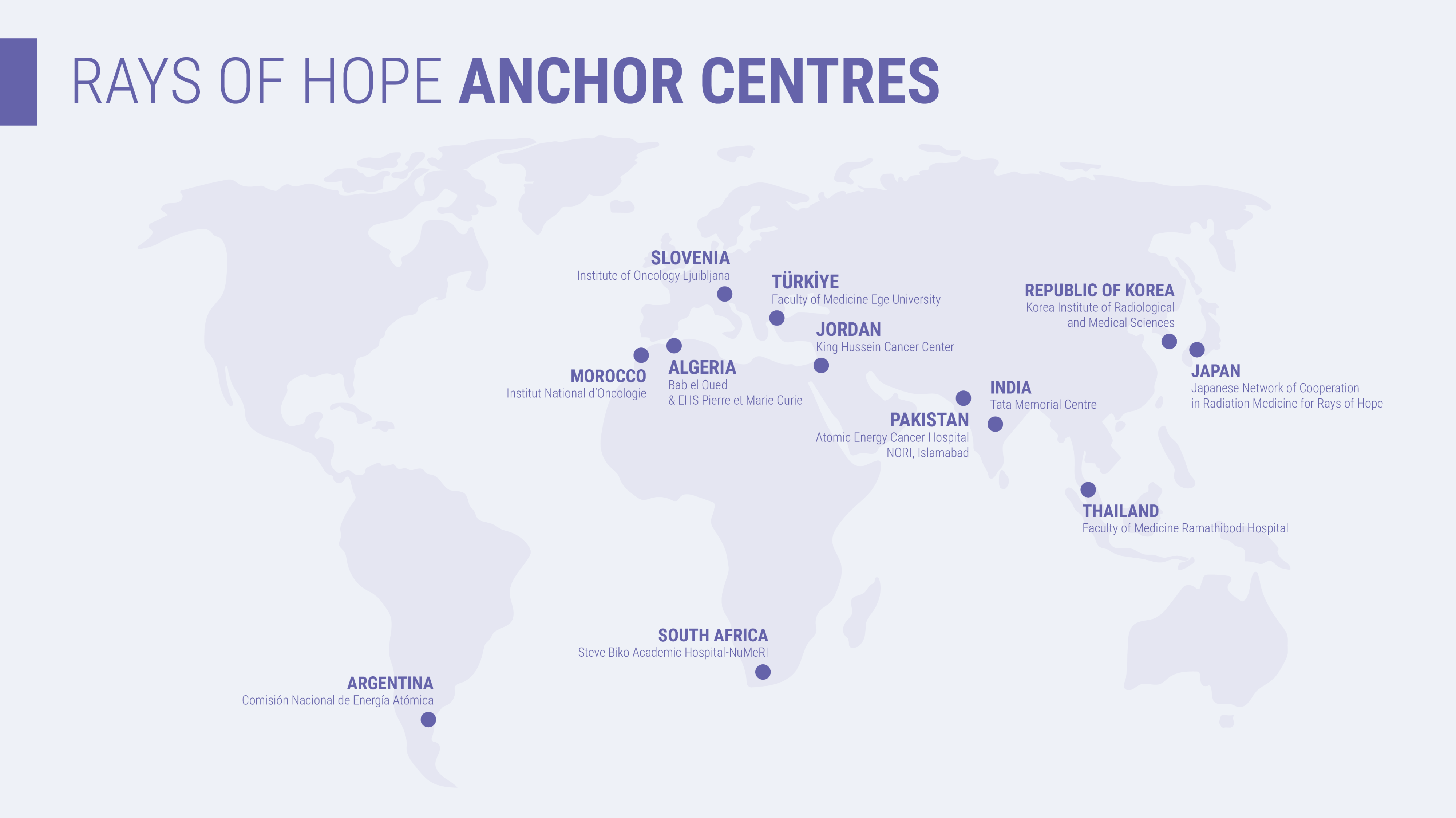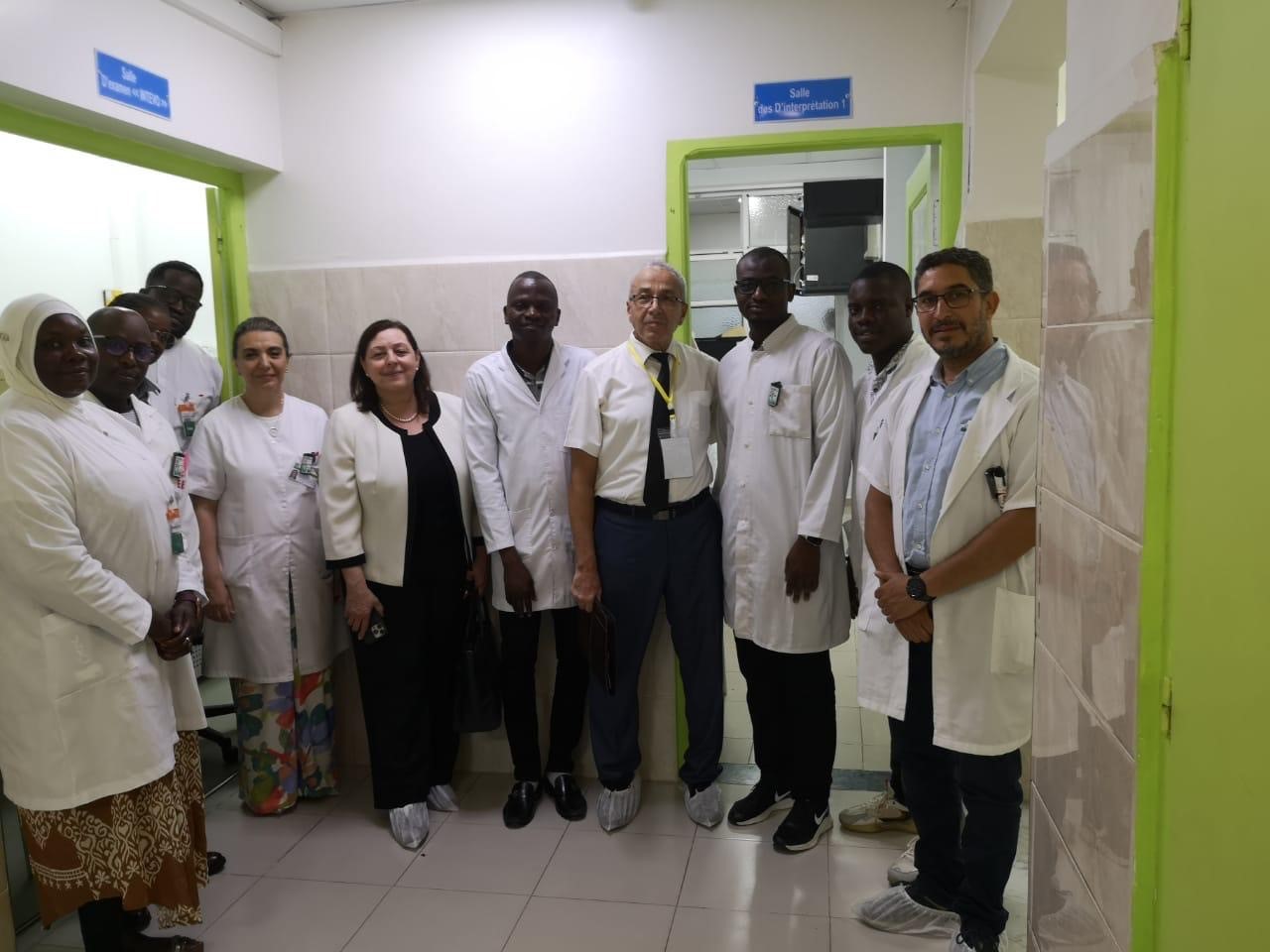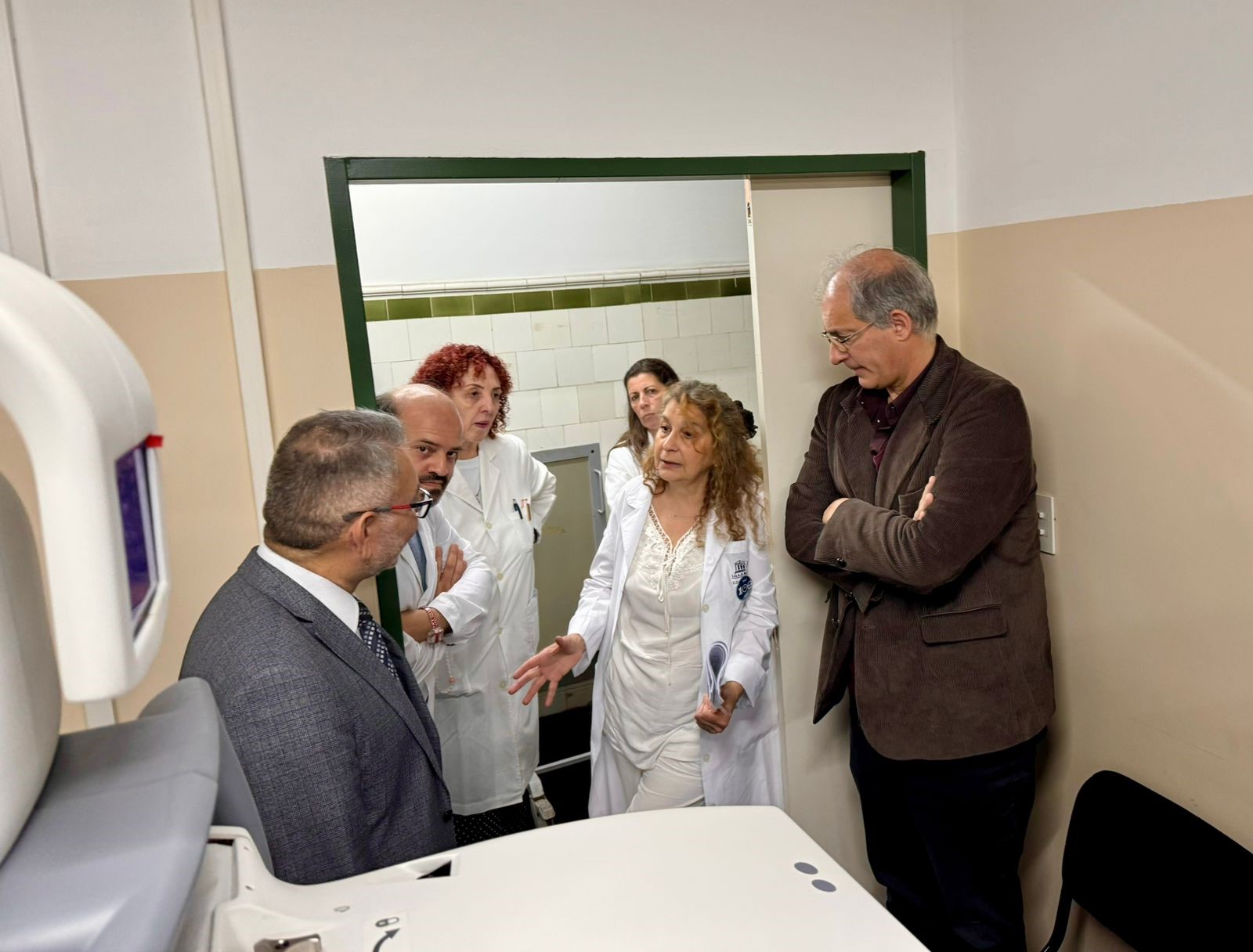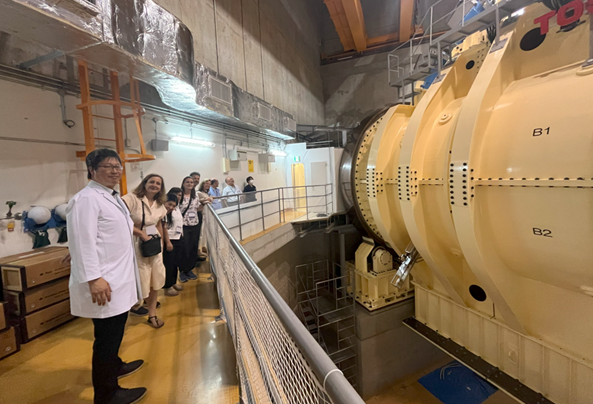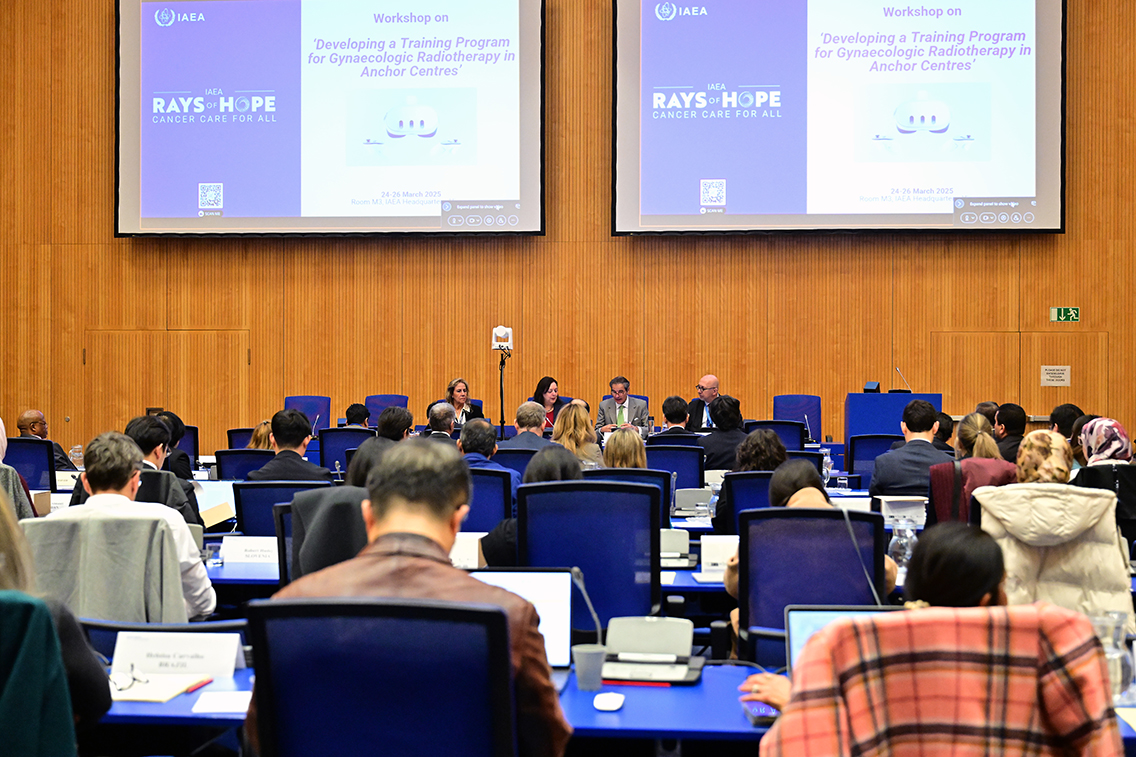The IAEA has more than doubled the number of Rays of Hope Anchor Centres, extending vital cancer support across four regions in just two years.
By 2050, cancer cases are projected to rise to 35.3 million globally with 18.5 million related deaths. According to the IAEA-led Lancet Oncology Commission on Radiotherapy and Theranostics, the global radiation medicine workforce will need to expand by more than 60% compared to 2022 levels to meet this demand.
To address this challenge, the IAEA’s Rays of Hope Anchor Centres are critical hubs of expertise, training and research. Selected for their clinical excellence, education programmes and research capacity, these hospitals and institutes are emerging as beacons of hope for countries working to deliver modern, equitable cancer care.
“Anchor Centres share expertise across borders,” said May Abdel-Wahab, Director of the IAEA Division of Human Health. “Even with progress over the past decade, the shortage of trained professionals remains significant – with projected needs of over 84 000 radiation oncologists, 47 000 medical physicists, and 141 000 radiotherapy technologists. Anchor Centres can help overcome this barrier.”
